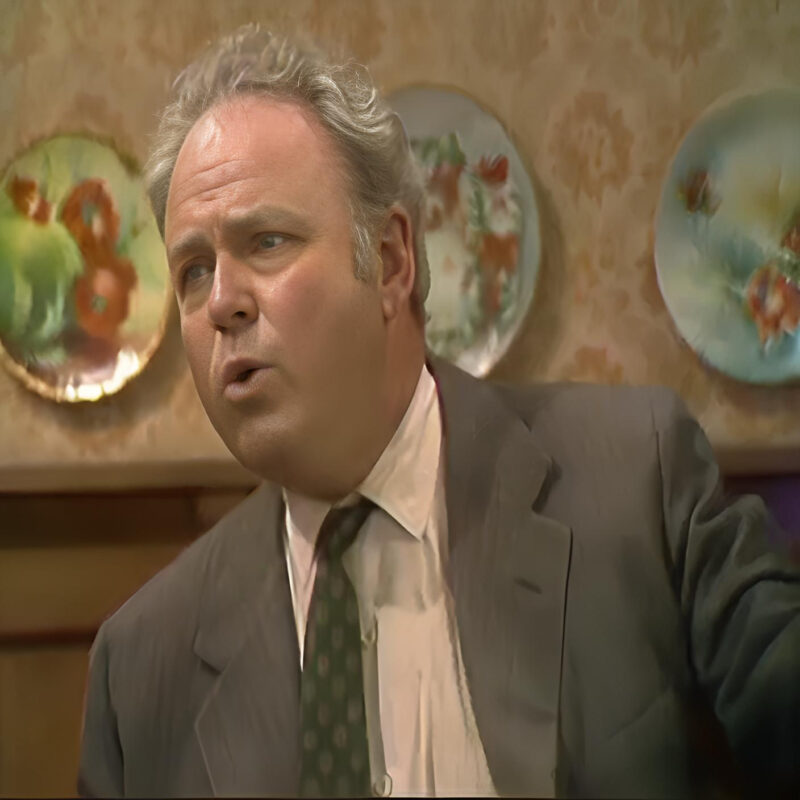
Margaret Atwood, renowned author of “The Handmaid’s Tale” and a prominent voice in contemporary literature, has extended her critical lens to the iconic television show “All in the Family.” Atwood, known for her incisive cultural critiques, views the show as a significant yet flawed artifact of its time. Her analysis explores how “All in the Family” reflects and shapes broader societal attitudes, particularly in its treatment of race, gender, and class.
“All in the Family,” which aired from 1971 to 1979, was lauded for its bold approach to social issues through humor. The character of Archie Bunker, portrayed as a bigoted, working-class man, was intended to highlight the absurdity of discriminatory beliefs. However, Atwood points out that while the show’s creators aimed to critique societal prejudices, the execution often resulted in mixed messages.
“Television, like all forms of storytelling, wields significant power in shaping cultural norms and perceptions,” Atwood explains. “In ‘All in the Family,’ the attempt to use humor as a vehicle for social critique was ambitious, but it also risked reinforcing the very stereotypes it sought to dismantle.”
Atwood argues that the show’s reliance on satire created a duality in its reception. For some viewers, Archie Bunker’s outrageous statements were a clear condemnation of bigotry. For others, they served as a mirror, reflecting and potentially validating their own prejudices. “The challenge with satire,” Atwood notes, “is ensuring that the critique is unmistakable. When satire is too subtle or ambiguous, it can be misinterpreted.”
Furthermore, Atwood highlights the evolution of societal consciousness since the 1970s. “Our understanding of systemic issues such as racism, sexism, and economic inequality has deepened over the decades,” she says. “What was once considered progressive can now be seen as insufficient or even counterproductive. ‘All in the Family’ must be viewed within this broader context of changing social awareness.”
Atwood’s critique also extends to the show’s handling of gender roles. While it attempted to address sexism, the humor often fell back on traditional gender stereotypes. “The portrayal of women in ‘All in the Family’ reflects the limited perspective of its time,” she observes. “While it made some strides in highlighting gender inequality, it also perpetuated many of the clichés and constraints that women were fighting against.”
In considering the legacy of “All in the Family,” Atwood calls for a nuanced appreciation of its impact. “The show was undoubtedly groundbreaking in its willingness to tackle contentious issues,” she acknowledges. “However, its effectiveness in promoting genuine social change is debatable. It serves as a reminder of the complexities involved in using popular media as a tool for cultural critique.”
Ultimately, Atwood advocates for continued critical engagement with media, both past and present. “We must be vigilant in our consumption of cultural products,” she asserts. “It is not enough to simply acknowledge their influence; we must also scrutinize the ways in which they shape and reflect our collective values and beliefs.”
Margaret Atwood’s analysis of “All in the Family” underscores the enduring relevance of critical discourse in understanding media’s role in society. By examining the show’s successes and shortcomings, Atwood encourages a deeper reflection on how we can more effectively use storytelling to foster a more just and equitable world.
